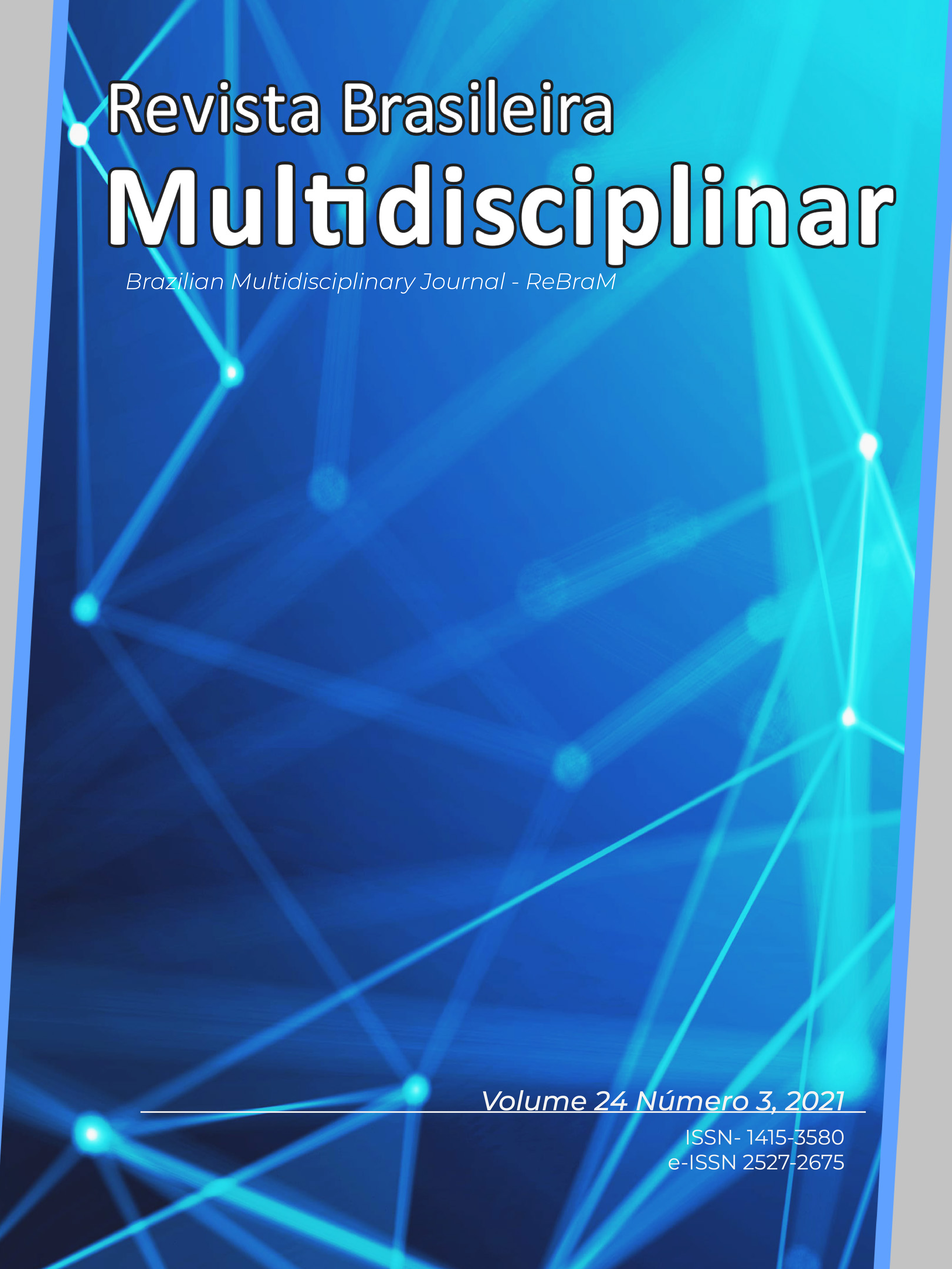Building project based on biomimicry principles of cerrado termites
Main Article Content
Abstract
Biomimicry comprehends the search for principles developed by living beings and natural mechanisms for application within the most varied human activities. It can be said that this new science is in the process of development within several areas of research. The study of termite habitats and the ventilation process used by these insects has proven to be a highly feasible alternative, as demonstrated by some constructions developed in Africa and Australia. Therefore, the present work involved the creation of a bioinspired building model in an attempt to apply the principles found in the literature regarding the housing format and the self-cooling process used by termites of the species Cornitermes cumulans, very common in the Brazilian cerrado. This model was inspired by the profile and mechanism of air circulation of the analyzed mounds, involving the elaboration of a three-dimensional project and its subsequent rendering.
Downloads
Article Details

This work is licensed under a Creative Commons Attribution-NoDerivatives 4.0 International License.
• The author (s) warrant that the contribution is original and unpublished and that it is not in the process of being evaluated in other journal (s);
• The journal is not responsible for the opinions, ideas and concepts issued in the texts, as they are the sole responsibility of the author (s);
• Publishers have the right to make textual adjustments and to adapt the article to the rules of publication.
Authors retain the copyright and grant the journal the right of first publication, with the work simultaneously licensed under the Creative Commons Attribution License, which allows the sharing of work with acknowledgment of authorship and initial publication in this journal.
Authors are authorized to take additional contracts separately, for non-exclusive distribution of the version of the work published in this journal (eg publish in institutional repository or as book chapter), with acknowledgment of authorship and initial publication in this journal.
Authors are allowed and encouraged to publish and distribute their work online (eg in institutional repositories or on their personal page) at any point before or during the editorial process, as this can generate productive changes as well as increase the impact and citation of the published work (See The Effect of Free Access) at http://opcit.eprints.org/oacitation-biblio.html
References
AUTOCAD for Windows: computer aided design software. Versão Estudantil, 2017. AutoDesk, 2018. Disponível para download em: <https://www.autodesk.com/education/free-software/autocad>. Acesso em: 17 mar. 2018.
BIOMIMICRY INSTITUTE. Learning from termites how to create sustainable buildings. Disponível em: <https://biomimicry.org/biomimicry-examples/#.V5d0ZPkrLIU>. Acesso em: 28 mai. 2021.
GREEN BUILDING COUNCIL BRASIL. O consumo de energia nas edificações do Brasil. 2015. Disponível em: <http://www.gbcbrasil.org.br/detalhe-noticia.php?cod=119>. Acesso em: 27 nov. 2016.
KERKYTHEA for Windows: rendering software. Versão 2.0.19, 2008. Solid Iris Technologies, 2018. Disponível para download em: <http://www.kerkythea.net/cms/index.php/downloads/software>. Acesso em: 17 mar. 2018.
LAKATOS, E. M.; MARCONI, M. A. Fundamentos de metodologia científica. 5. ed. São Paulo: Atlas, 2003. 311 p.
NEVES, L. O. Chaminé solar como elemento indutor de ventilação natural em edificações. 158 f. Tese (Doutorado). Faculdade de Engenharia Civil, Arquitetura e Urbanismo, Universidade Estadual de Campinas. Campinas, 2012.
MINISTÉRIO DE MINAS E ENERGIA. Balanço Energético Nacional 2020: Ano Base 2019. Empresa de Pesquisa Energética: EPE, 2020.
PRONK, A. D. C.; BLACHA, M.; BOTS, A. Nature’s Experiences for Building Technology. Eindhoven University of Technology. Netherlands, 2008.
SKETCHUP for Windows: 3D modeling software. Versão Pro (Teste Gratuito), 2018. Trimble Navigation, 2018. Disponível para download em: <https://www.sketchup.com/pt-BR/download>. Acesso em: 17 mar. 2018.
SANCHEZ, G.; PERES FILHO, O.; SALVADOR, J.R.; NAKANO, O. Estrutura e sistema de aeração do cupinzeiro de Cornitermes Cumulans (Kollar, 1832) (Isoptera: Termitidae). Escola Superior de Agricultura “Luiz de Queiroz” – ESALQ/USP Pesq. Agropec. Bras., Brasília, 24(8): 941-943, ago. 1989.





